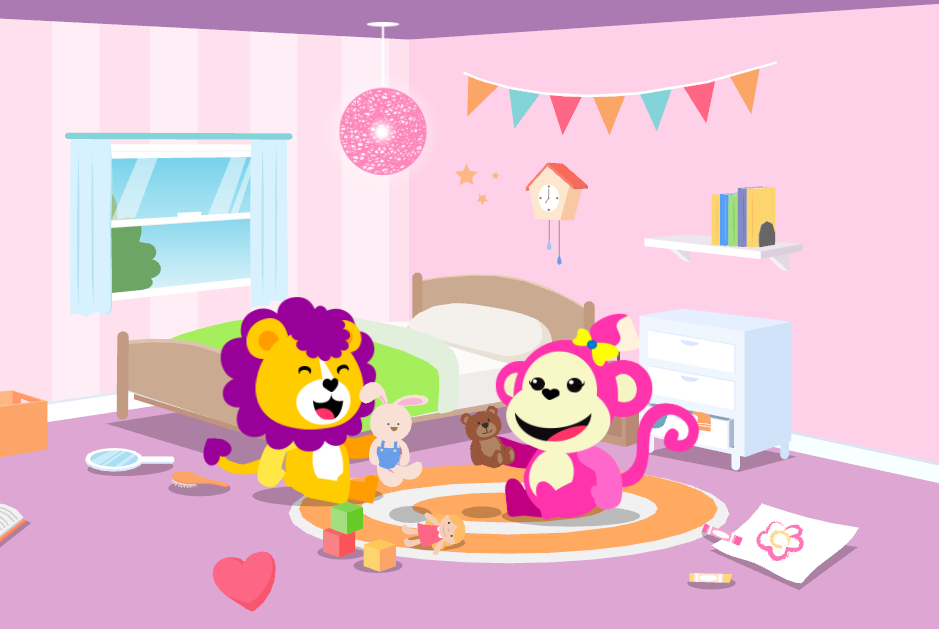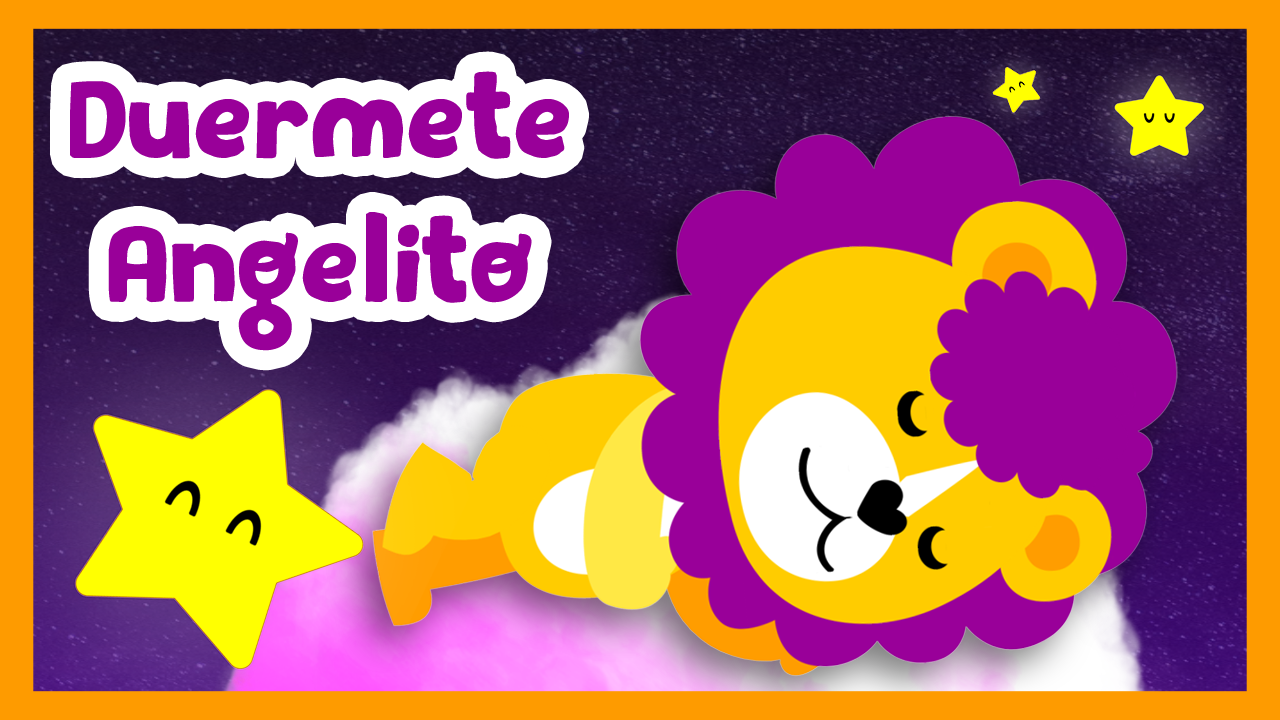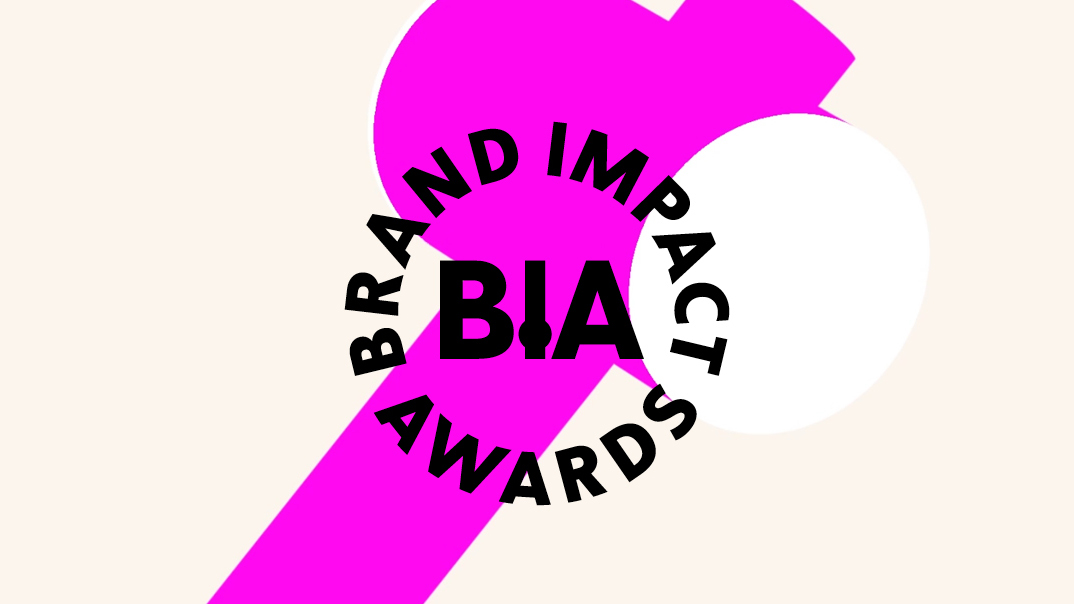Become a rockstar Youtuber with animated story-telling
Work smart, with photoshop imagery and 3D motions to create loveable and memorable cartoon animations.
Creating engaging animated shows can be time consuming, prohibitively expensive and technically challenging, which is why it’s so refreshing to see successes, especially with kids shows. Children can be the harshest critics and with so many options to hand flicking away from the ones that don't interest them is an easy fix.
Youtube is a prime candidate for content paralysis, where audiences are confronted with such a vast quantity to choose from, that the quality really needs to stand out (barring unboxing and cat videos of course). PowerUp Kids is one of the shows on Youtube which has turned a simple musical children’s show into something polished and well produced, serving up a fantastic 2D short form show that’s supported by some cutting edge software tools.
The winning combination of animation and music has been put together using Reallusion’s Cartoon Animator 4, which empower’s artists and creators with a suite of tools that support fast turnaround without making any compromises to quality. Motion resources for all

Motion resources for all
Modern audiences are a savvy bunch, with high expectations even when it comes to things like cartoon and other non realistic characters. Imbuing a 2D cartoon character has traditionally been a time consuming, labour intensive task but the tools available in Cartoon Animator 4 make this not only a far more efficient task but also an enjoyable and intuitive one. Using 3D motion resources allows animators to realise the sequences they need.
This enables a level of interaction with the art that shines through in the finished animation, which only leads to a better reception by the children watching. But what if you don’t have access to any motion capture devices? Well, you are covered there too, as you can use one of the many 3d motion resources available to use with the Motion Converter tool. These allow users to take 3D motion data and apply the animations to 2D characters. You can even activate a Z mode, to add depth to the animation.
Motion may be an obvious part of the workflow that benefits from the tools Cartoon Animator 4’s arsenal but there are many other, less obvious but equally important, areas that allow artists to deliver great content, efficiently.

Work with the tools you know and love
The act of getting a character concept from the drawing app into the animation is now about as easy as you can imagine. In fact Character Animator 4 is so closely aligned to industry standard tools, such as Adobe Photoshop or Affinity, that the process is virtually seamless. You can even interact with the animation using your graphics tablet, bring in the level of artists and art interaction as close as ever, and all the familiar gestures and muscle memory serve the rigging and animation, as much as painting the concept.
With that in mind it is worth mentioning that the concept art, or any other 2D asset, can now easily be rigged with the tools of Cartoon Animator 4, meaning you can even take pre-existing art, rig it, apply motion capture data to it and add it to your project. Head over to test out the Photoshop tools integration and pipeline, or to read more detail.
This ease of use, tight integration with other tools and the familiarity of the hardware used by animators on a daily basis has meant youtube creators can generate shows like PowerUp Kids, rapidly and efficiently, and with all the hallmarks of a top quality show. To try this out for your own projects you can get a trial license, with which you can test the suite of tools including motion gestures, PSD compatibility.

Thank you for reading 5 articles this month* Join now for unlimited access
Enjoy your first month for just £1 / $1 / €1
*Read 5 free articles per month without a subscription

Join now for unlimited access
Try first month for just £1 / $1 / €1
Get the Creative Bloq Newsletter
Daily design news, reviews, how-tos and more, as picked by the editors.

Rob Redman is the editor of ImagineFX magazines and former editor of 3D World magazine. Rob has a background in animation, visual effects, and photography.
